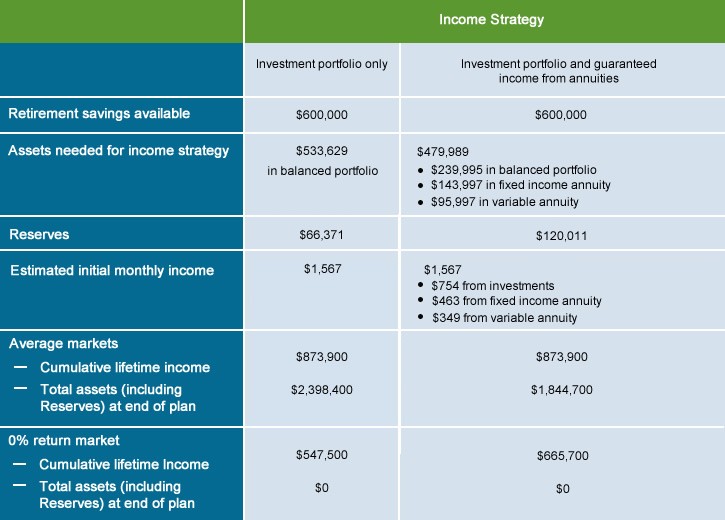Portfolio strategies
Post on: 27 Апрель, 2015 No Comment

About our portfolio strategies
At Vanguard, we believe investors have the best chance for investment success when they are mindful of four fundamental principles.
We believe investors should:
- Create clear, appropriate investment goals.
- Develop a suitable asset allocation using broadly diversified funds.
- Minimize cost.
- Maintain perspective and long-term discipline.
By following these four principles, advisors and investors can focus on the factors within their control, which can be an effective way to achieve long-term results.
As a champion of low-cost investing, The Vanguard Group, Inc. has conducted research that shows that well-managed index funds and ETFs have generally offered long-term outperformance relative to higher-cost investments. 1 Index funds that seek to track benchmarks that mirror broad stock and bond markets can provide diversification, a valuable risk management tool.
We see the asset allocation process as one of give-and-take between advisors and their clients as investment objectives are matched against risk profiles and time horizons. To help advisors present different options to clients, Vanguard product and marketing teams developed hypothetical portfolio strategies to illustrate how our ETFs might form the core of a clients investment portfolio.
For example, we describe a sample portfolio that consists of 60% equities and 40% fixed income as balanced growth. An investor can achieve that strategy using just four Vanguard ETFs (two equity ETFs and two fixed income ETFs), while remaining broadly diversified globally across stocks and bonds.
For investors interested in hedging currency risk, Vanguard offers hedged versions of some of its U.S. and international equity ETFs. Those investors can execute that same balanced growth portfolio using six Vanguard ETFs (four equity ETFsincluding two where foreign currency exposure is hedged to the Canadian dollarand two fixed income ETFs).
We believe advisors can help clients determine whether hedged or unhedged equity ETFs are the most appropriate type of investments based on their investment profiles.
Vanguard offers only hedged versions of its U.S. and international fixed income ETFs. Currency-hedged ETFs reflect more closely the performance of international bonds in their local currencies, without the daily ups and downs of exchange rates that would be associated with converting that performance into Canadian dollars.
We believe that weighting asset classes according to their global market capitalization is a reasonable initial consideration in building portfolios. That said, we understand that advisors evaluate many factors when constructing client portfolios. We also recognize that Canadian investors have historically demonstrated a significant home bias when investing in stocks and bonds. 2 Thats why we provide sample portfolios that offer three levels of allocation to Canadian securities. For example, a portfolio with a 30% Canadian allocation invests 30% of equity assets in Canadian stocks and 30% of fixed income assets in Canadian bonds.
In contrast, the market values of Canadian stocks and bonds represent small percentages of the capitalization of global equity and fixed income markets. Canadian equities accounted for 4.0% of the global equity market, while Canadian fixed income accounted for 2.7% of the global bond market as of December 31, 2014.
These are hypothetical strategies and are only meant to be a guide. 3
We provide a single portfolio-weighted management fee for each of these strategies to illustrate the low cost that may be associated with achieving global diversification.
ETF allocations in these sample portfolios may not equal 100% due to rounding.
1 The case for index-fund investing for Canadian investors, a Vanguard research paper by Christopher B. Philips et al. (July 2014).
2 Global equities: Balancing home bias and diversificationA Canadian investors perspective, a Vanguard research paper by David C. Pakula et al. (July 2014).
3 The portfolio strategies included in this booklet are for illustrative purposes only.














